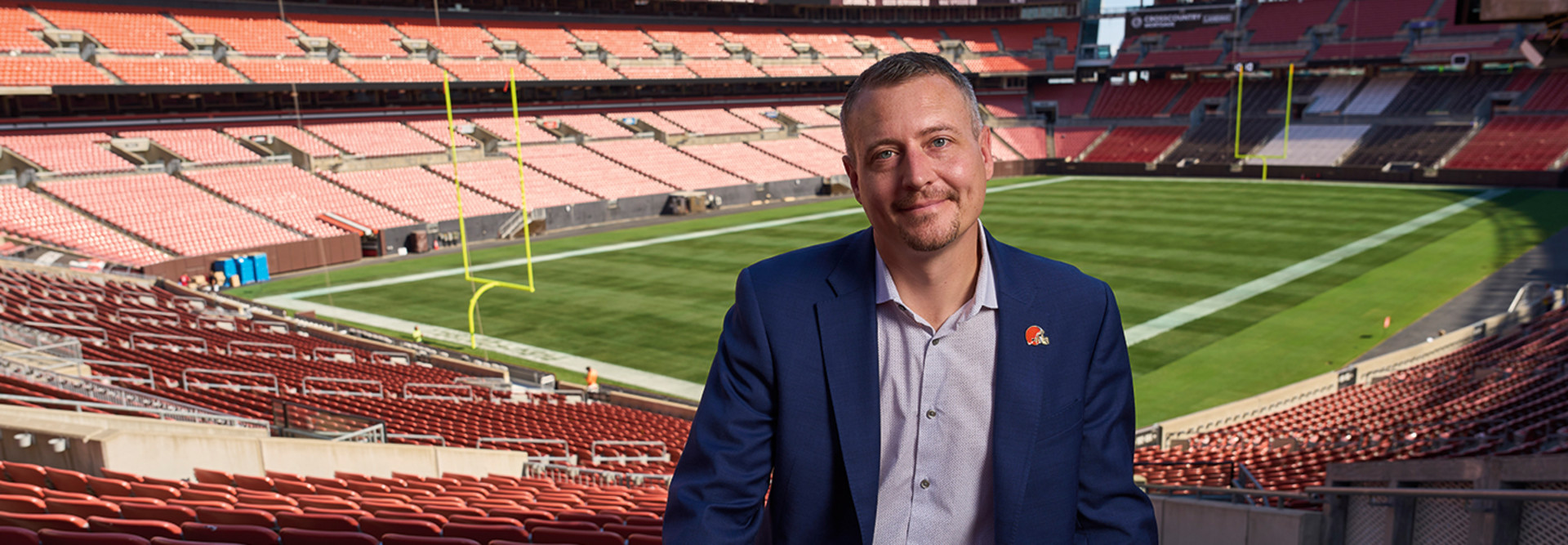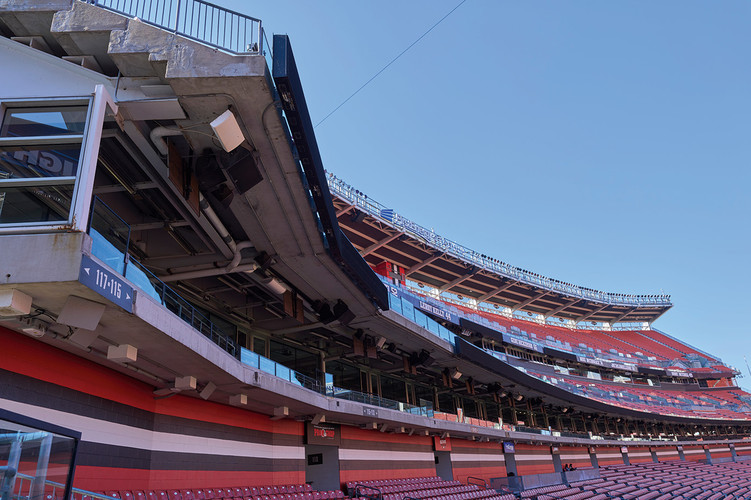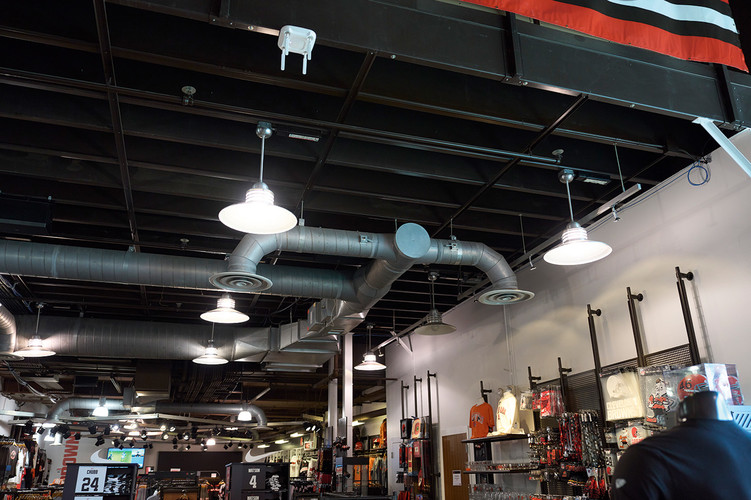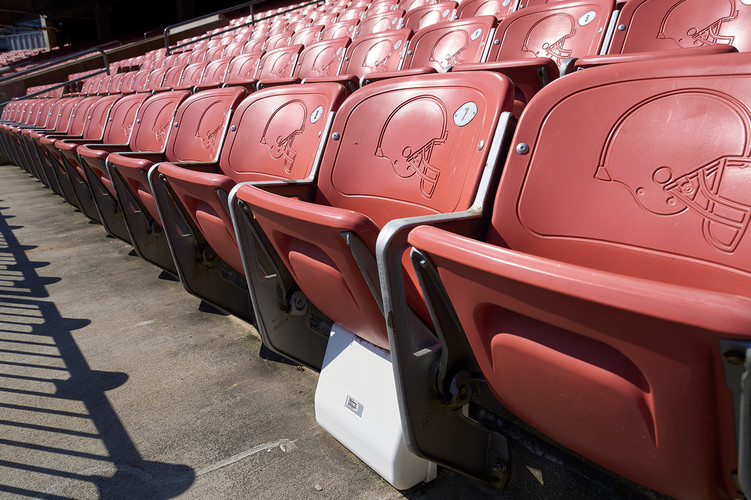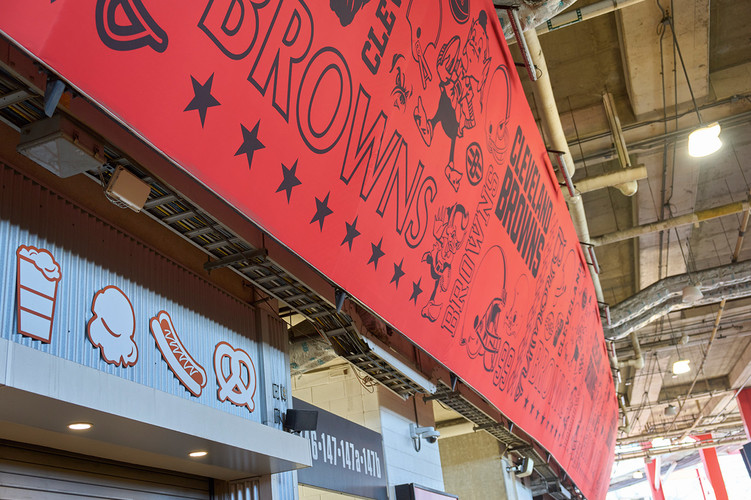“If you come 15 minutes before kickoff, it historically takes 20 to 25 minutes to come in. With mobile tickets, we got that down to about six to eight minutes, which is very good,” he says. “But with face authentication, it reduces it to less than a minute. Nobody enrolled in facial ticketing waits at all to get in.”
Organizations are increasingly upgrading their wireless networks to Wi-Fi 6 at stadiums, arenas, convention centers and other venues that draw large crowds in order to bolster performance and meet the bandwidth needs of attendees, vendors and employees.
Wi-Fi 6 offers faster speeds, less interference and quadrupled capacity, allowing more people to connect in dense or congested areas, making it a great fit for a sports venue or convention center.
“It’s a more efficient use of the spectrum and introduces a mechanism that allows multiple users to be on the same channels at the same time,” says Siân Morgan, a wireless LAN research director at Dell’Oro Group. “That means you get higher density and better performance.”
RELATED: Find out how Wi-Fi 6 can support digital transformation.
How to Address Coverage Needs and Deliver Better Wi-Fi
In 2015, the Browns blanketed their stadium with 802.11ac access points, but that supported only half its capacity of 68,000 seats. In recent years, however, as many as 40,000 fans would routinely connect to Wi-Fi during games, so the team needed to upgrade.
In 2021, Covert embarked on a new Wi-Fi project with several goals: upgrade to Wi-Fi 6; improve the wireless at the front gates to support entry through face authentication; add additional APs in areas with spotty Wi-Fi, such as the concourse; and move APs from overhead locations and handrails to underneath the seats.
In doing so, the Browns increased the number of APs from about 1,000 to about 1,500, largely because under-seat deployment doesn’t offer as much range as overhead deployment, so more APs are needed.
Covert and his team wanted to place the APs underneath seats in the lower, middle and upper bowls of the stadium because of aesthetics, easier access for maintenance and better control of wireless signals.
“When you have 68,000 people in a bowl, an access point under the seat will only go 15 yards instead of 35 yards. It creates a more defined signal pattern that we can control,” Covert says.



